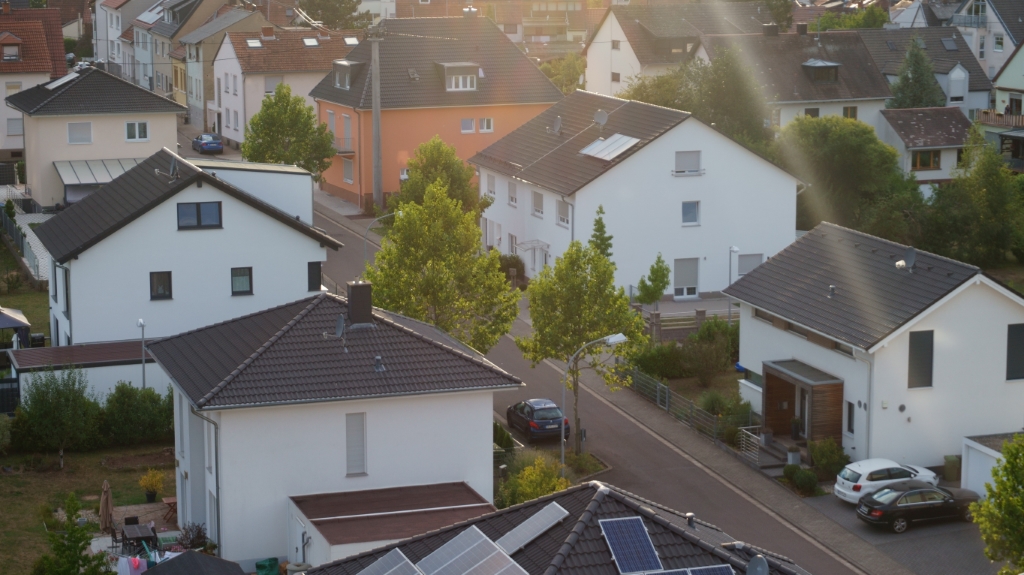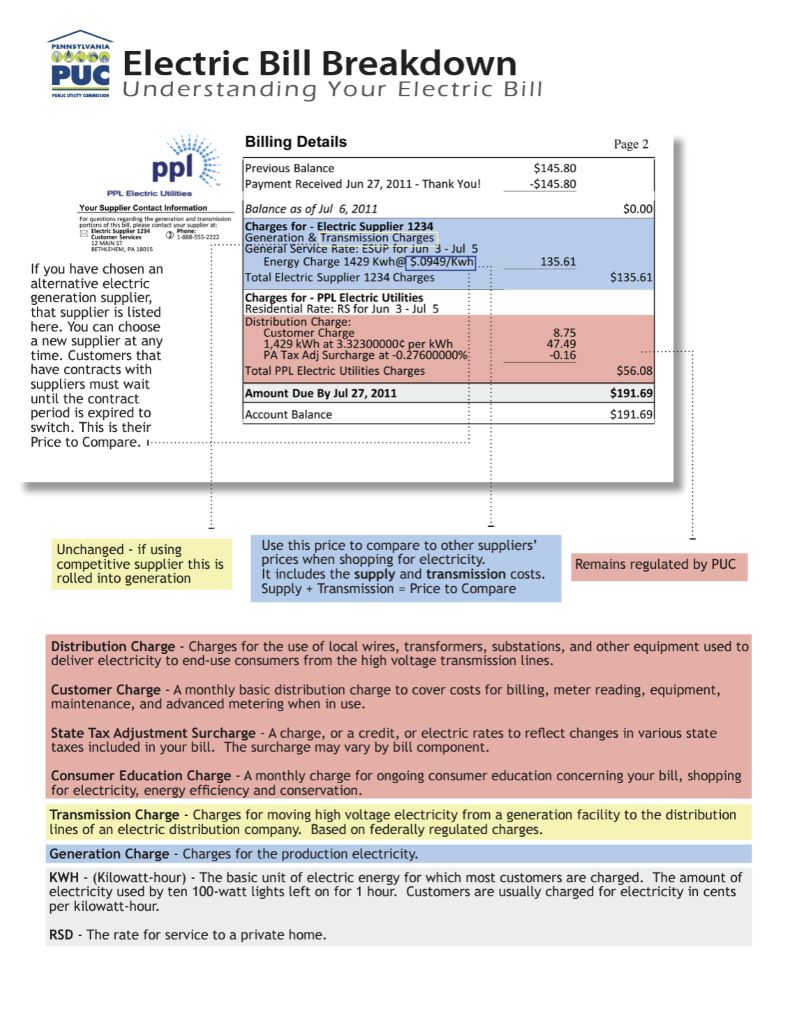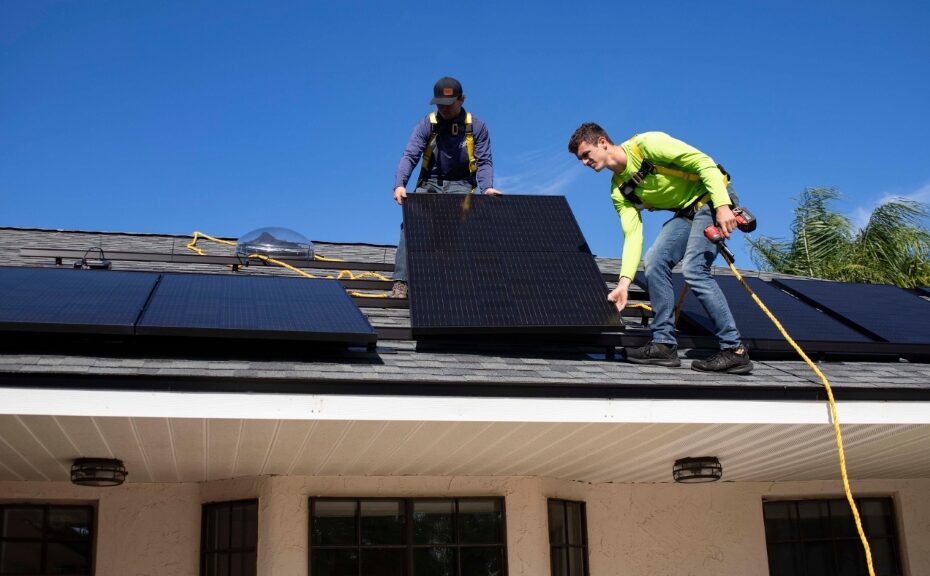Suppose you are thinking about going solar and joining the growing numbers of homeowners and businesses across the United States who have already done so. In that case, you need to consider what basic steps are necessary to make this happen.
Basic Steps
By understanding the basic steps for solar installation, you become a more informed consumer. The details will vary based on your circumstances, like where you live, your roof, etc. Below are some of the broad areas you should consider before making your decision.
- Choose An Installer
- Determine Your Roof’s Suitability
- Determine Your Energy Needs
- Figure Out Your Financing & Costs
- Check Local Permits & Regulations
Choose An Installer
A professional installation company will help you determine a great deal about your particular home or business. Start by researching who is qualified, insured, and recommended from either online reviews or recommendations from others who’ve already gone solar. You can comparison shop online and contact them to assess your roof. You should also determine if you want an installer who is local, regional, or national, but choosing one closer to you will probably know your area better. A good installer can help answer your questions, explain new terms, and provide other information that will go into your contract.
Determine Your Roof’s Suitability
The solar installation company can determine your roof’s ability to support solar panels. It is helpful to know the age of your roof, the type of material it’s made of, and its condition if possible. If you don’t know this, then building permits or inspection documents are helpful. There are other factors that an installer will look at to see if solar panels will work for your home or business. Your home’s solar potential is determined by its geography and its design. If rooftops are heavily shaded by trees or other structures, or there is insufficient roof space, or it’s a complex roof design, or it’s old or sloped in certain directions, then solar may not work. Generally, roofs that perform best are south-facing and have a slope between 15 and 40 degrees. While there are some tools to assess your roof’s potential for solar, like Google Project Sunroof, your installation company has advanced tools for mapping and estimating the solar potential for your address.

Determine Your Energy Needs
You will need to know your energy needs and costs by reviewing your past energy bills from your utility company. This will help you determine how much energy you need annually and seasonally, especially since this may fluctuate during different seasons. Consumers may be concerned about whether their solar panels will produce enough energy to meet their needs, and whether they can rely on their system to consistently produce during periods of low sunlight or bad weather. This may also help determine if they should consider adding a battery to store excess energy if needed. In addition, think about how future changes or upgrades may affect your usage.
Another big consideration is your current electricity cost per kilowatt. You will want to have a solar energy system design that will offset this cost substantially, even producing more energy than you need. If you produce excess energy that is sent back to the grid, then you may be eligible (depending on your state’s rules) to even receive ‘solar incentives’. While every utility company is different, many offer ‘net metering’ that tracks the electricity produced by your solar panels and your energy use. Any excess electricity is either stored in your battery (if installed) or goes back into the grid. The state of Pennsylvania uses ‘net metering’. You can check this out by looking online at the Energy Sage Website, selecting your state, and selecting the rebates & incentives page. Most solar energy installation companies will provide their customers with information about solar energy incentives available to them based on state and local jurisdictions.

Figure Out Your Financing & Costs
One of the main concerns for consumers and businesses is the initial cost of purchasing and installing a solar panel system. While solar technology has become more efficient and costs have become more affordable, the upfront investment can still be significant. However, in recent years, there is concern about rising energy costs and power outages that has increased the demand for solar panels. Since few consumers and businesses may be able to afford to pay cash, there are ways to finance them thru a loan or lease. Most homeowners choose to purchase their system. They typically finance it with a home improvement loan, home equity line of credit or solar-specific loan. This enables them to take advantage of the tax breaks for solar energy that are offered by the federal government and some states. If you want to learn more about the tax benefits, visit Energy.Gov’s website, the Solar Energy Technologies Office page for the Homeowner’s Guide to Tax Credits, as well as the Solar Tax Credits for Business page.
You can also lease a system instead of owning it, but you won’t get the tax breaks. When installing and leasing a system, there are usually one of two ways this works: either you can pay a leasing company a fixed monthly payment for the use of your system, or you can enter into a power purchasing agreement whereby you buy the electricity your system generates at a set price per kilowatt-hour. The rules governing leases can be more complicated, so make sure you have a clear understanding before signing an agreement.

Check Local Permits and Regulations
Another big concern is navigating state and local entities about getting all the necessary permits, rules, and regulations for installing a solar system, which will vary by state and local jurisdiction. There can be a great deal of complexity, additional costs, and required inspections that will need to be taken care of by someone who is knowledgeable and experienced. During the process of evaluating solar installation companies, it is a good idea to check with the local licensing board to verify a company’s certifications and state and local licensing. It is also good to inquire about any complaints or judgments. While the actual installation process may only take a few days up to a week to complete, the permitting and inspection process can take anywhere from a few weeks to months, depending on the local regulations in your area. The National Energy Renewable Lab’s (NREL) SolarTRACE website can give you a general idea of how long this may take for the entire process in your area. A professional, licensed, and certified solar installation company should be well versed and have experience with all local and state laws and regulations about solar and will assist with all filings, permits, and inspections.
While the decision to go solar can involve many considerations and questions, consumers and businesses can make the process go much more smoothly by following some basic steps. There are obviously a number of details that have to be worked through along the way, but finding a reputable, knowledgeable solar installation company can be an enormous help. There is probably no better time to consider ‘going solar’ than now.
